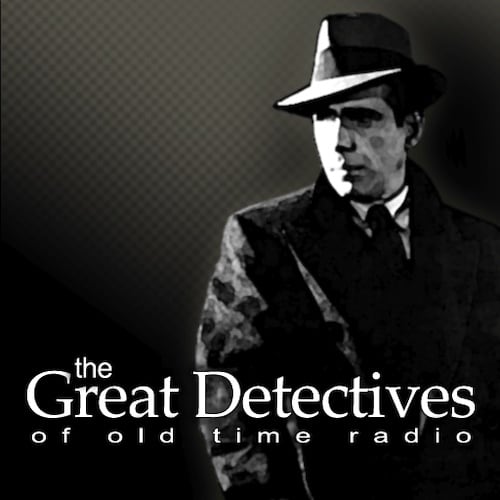Some things are very hard to mess up or turn to something catastrophically bad. Agatha Christie’s Poirot stories combined with the acting of David Suchet are one such combination. It’s a recipe for success.
Any joy or success that the tenth series of Poirot had was due to this combination, but the result was a mediocre series of feature length telefilms. When you had someone a recipe for Prime Rib and you end up with something that tastes more like Hamburger steak, you have to ask why.
The answer is a creative team who decided to change some of Christie’s stories. I’ve been clear in the past that I can stomach or even enjoy some revisions. I’m a huge fan of the Series 11 episode Appointment with Death which arguably is the most radical departure from Christie’s original story in the entire first twelve series.
The difference between Appointment with Death and the episodes in Series 10 is that the telefilm of Appointment with Death was actually a well-thought out story and its revisions held in a very cohesive narrative and there was an actual point in mind
The addition in Series 10 stories on the other hand seemed to randomly insert revision with names changed and characters motivation being different for no particular reason whatsoever. These were obvious hack elements inserted into a much better story.
To be fair, Mystery of the Blue Train was not one of Christie’s favorite stories, but the additional changes such as having a rich man (Elliot Gould) having locked his disturbed wife in a convent or giving the idiot husband of Lady Tamplin a major role in the denouement of the story made the telefilm vision worse.
However, Cards on the Table should have been one of the best stories of the entire program’s history. The premise was brilliant: four different invited by the mysterious Mr Shaitana to dine with four sleuths and four potential murderers invited to dinner and the host is murdered. And arguably it was looking that way for the first seventy percent of the film as we saw the detective interact. It continued until the writers felt the need to insert some Jerry Sprnger-appropriate sexual situations including one of the detectives having hired the very creepy Mr. Shaitana to take compromising photos of him.
The best episode of the season was After the Funeral which was the most logical and consistent story the whole season and didn’t tamper too much with Christie’s original plot except for the addition of another Jerry Springer sex situation.
Finally, we had Taken at the Flood which has two problems. One, the villain is too obvious and second is more central to the essence of the story. The title of the book comes from Julius Caesar, ” “There is a tide in the affairs of men, which taken at the flood leads on to fortune…” which is about taking advantage of an unexpected situation that comes to you. In the book, the villain takes advantage of an accident that occurs to gain power and wealth. In the telefilm, the incident has been changed so it’s no longer an accident and thus title Taken at the Flood no longer makes any sense. Bravo.
This isn’t to say Series 10 wasn’t without its good moments, but these were often undermined by horrible production decisions and writers who haphazardly rewrote Christie’s stories in ways that just didn’t work. Series 10 adds gratuitous sex but loses a lot of intelligence.
Having seen all the Series 11 episodes, the good news is that Poirot films did get better. Thus Series 10 marked a dip in series quality rather than a legendary and irredeemable “Jumping the shark” season
Rating: 3.0 out of 5.0
If you enjoyed this post, you can have new posts about Detective stories and the golden age of radio and television delivered automatically to your Kindle.
This post contains affiliate links, which means that items purchased from these links may result in a commission being paid to the author of this post at no extra cost to the purchaser.
